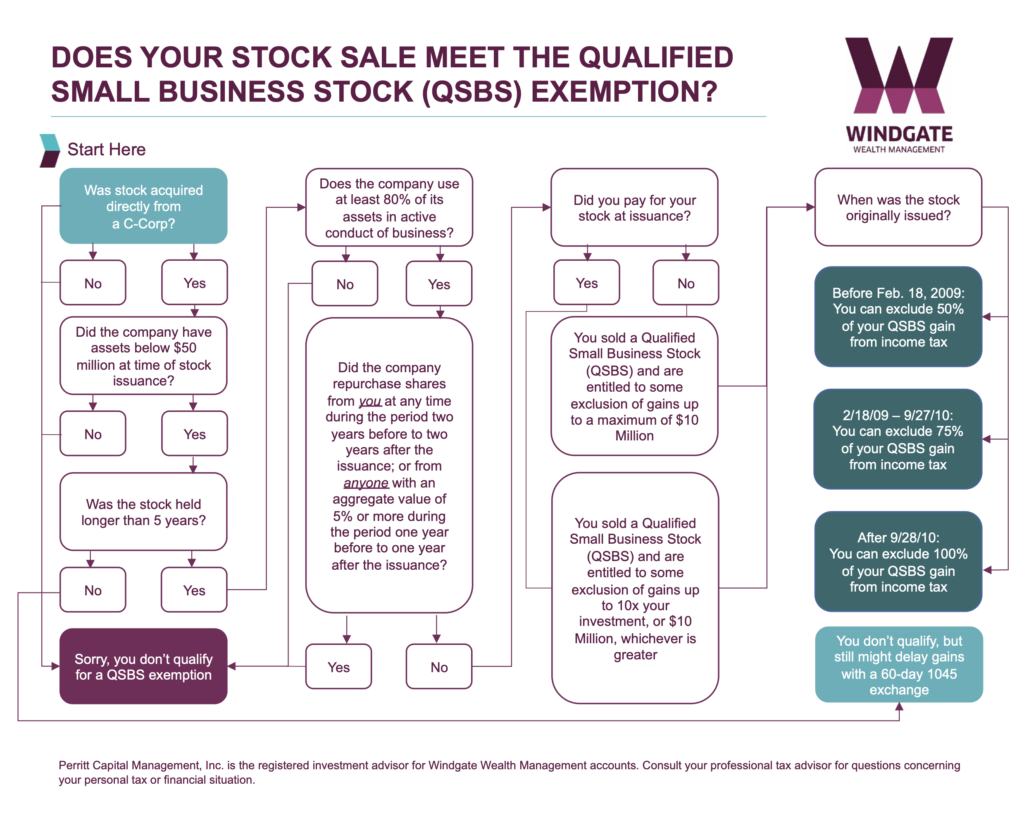Apps are now open for our 2022 summer internship program!
If you’re looking to gain experience & build your resume while making valuable connections in the Chicago tech & startup scene, our internships are for you! Apply today for your chance to learn & grow among the brightest leaders in our expansive community of early stage founders, growth stage businesses, & Fortune 50 companies.
Check out our openings & apply today:
The marketing copywriting intern will assist the Creative Producer and Copywriter brainstorm, write, and edit a wide range of 1871 content, including for social media, event promotion, and blog features.
Marketing web optimization intern
The marketing web optimization intern will assist in brainstorming & editing a wide range of 1871 web content, including for landing pages, blog features, & more.
The marketing design intern will work on a number of design projects, including UX, illustration, motion, and data visualizations for 1871 content that will support awareness and interest phases of the marketing funnel.
The marketing operations intern will work on a number of operational projects, including organization of project folders, templates, internal resources guide, and media assets that will optimize the internal and external functions of the marketing team.
The video & social content intern will assist the video producer in creating short-form videos to be distributed across 1871’s social media platforms.
The development intern will assist the Director of Development with a wide range of responsibilities in support of 1871’s development strategy, including donor tracking & conducting research on potential sponsors & strategic partners.
The events intern will work alongside the Senior Manager of Events and will focus on hands-on/tactical events planning and execution.
Product database management intern
The product database management intern will support the Director of Affinity Programs in identifying efficiencies and creating streamlined processes in delivering specialty programs to the community.
Product data & analytics intern
The product data & analytics intern will support the Senior Manager of the PYROS Program in identifying efficiencies and creating streamlined processes in delivering the PYROS program to the entrepreneurial community.
Human resources & talent programs intern
The human resources & talent programs intern will support the Director of Talent Programs in identifying efficiencies and creating streamlined processes in delivering programs to the community.





